This week’s Weekly Challenge has you sharing a 60 second (or less) book commercial on Flip Grid for a book you’ve read or one that you’re currently reading. Then, you can create a tweet from a character in your book using the Google Slides template linked below.
Step 1: Decide on a book you’ve read or have read in the past and create a 60 second (or less) commercial for it. Record your commercial on Flip Grid using the link below. All videos will be reviewed before they are made public. If you DO NOT want your video posted on Flip Grid for others to see, please say, “No post” at the end of your video.
Flip Grid Link: https://flipgrid.com/2819c4ff
Step 2: Create a tweet from a character in your book using the template linked below. Share the Google Slides template so that anyone within Westside Community Schools can view. Copy the link and include it in your Flip Grid submission. Here is a guide for you to use to help with your tweet creation
Tweet Creation Guide:
https://docs.google.com/document/d/116lJm_xlXf3jaP22ST1jM2LRxud7DX72h_PDoYhzn04/copy
Tweet from a Character’s Point of View (Google Slides template): https://docs.google.com/presentation/d/1FUbgm2iulqA84mFhPbc4xsMJrNzCAKUv_ol-JububMQ/copy

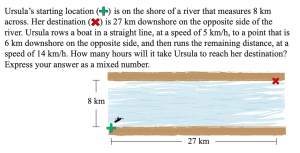


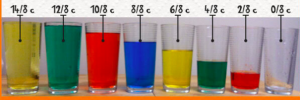
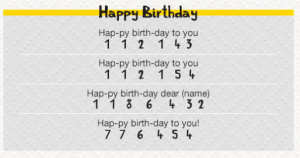
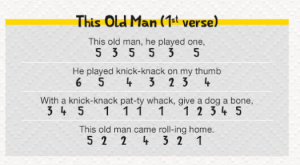

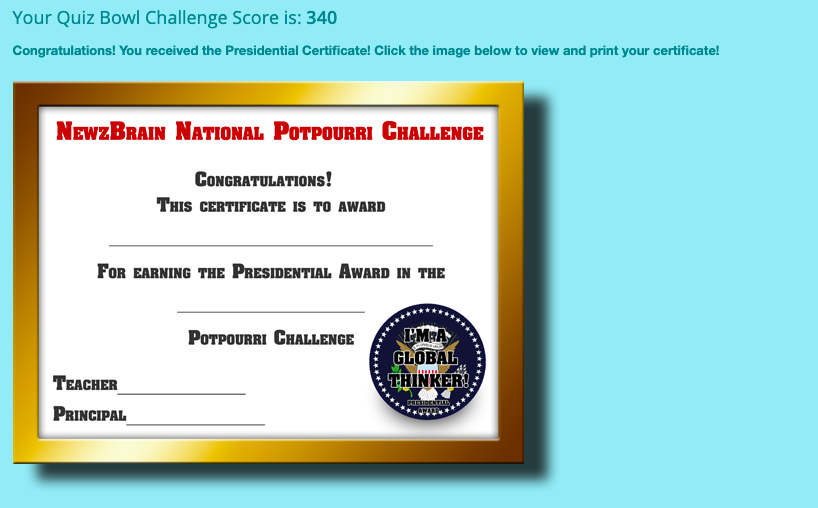
 The oldest glue in the world is over 8,000 years old and comes from a cave near the Dead Sea. Today, we have enough types of tape and glue to build and repair almost anything. But what gives glue and tape their stickiness? And is one stronger than the other?
The oldest glue in the world is over 8,000 years old and comes from a cave near the Dead Sea. Today, we have enough types of tape and glue to build and repair almost anything. But what gives glue and tape their stickiness? And is one stronger than the other?